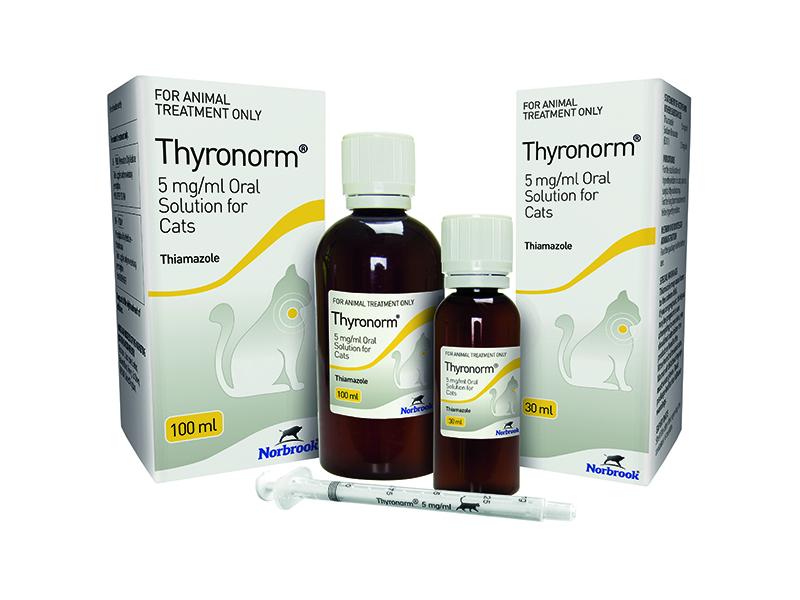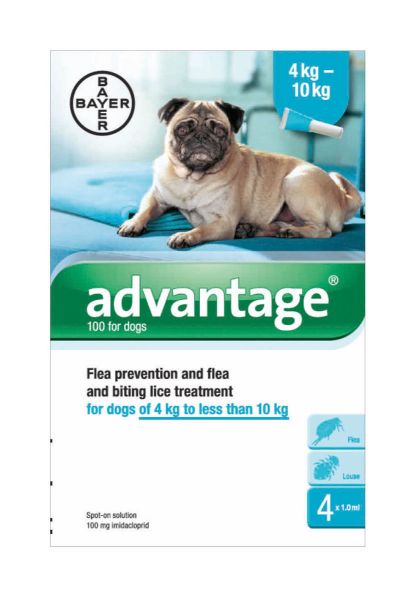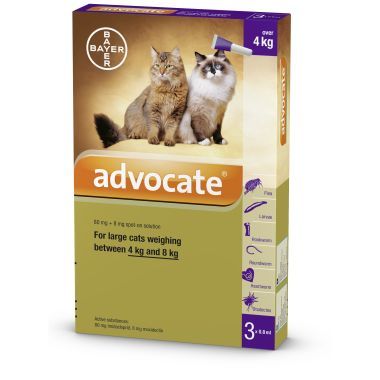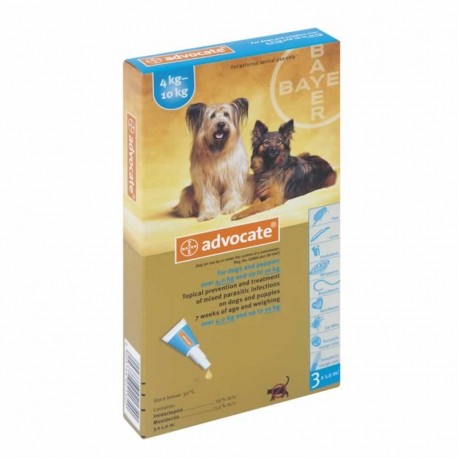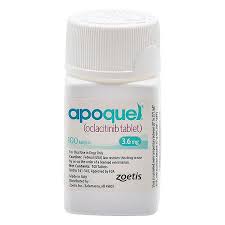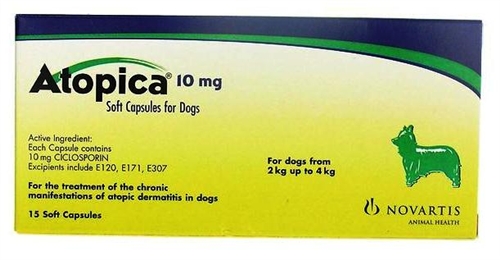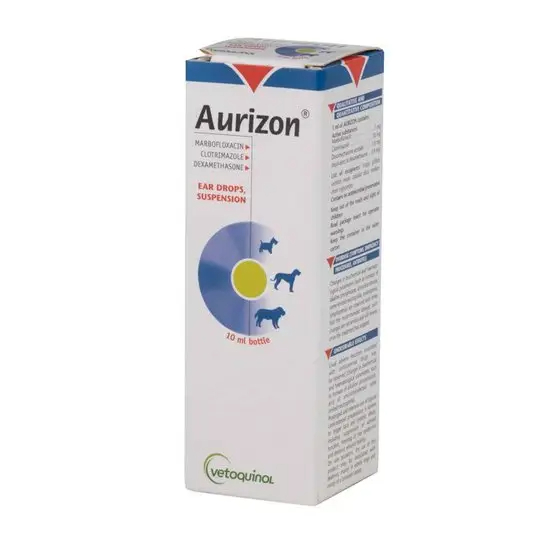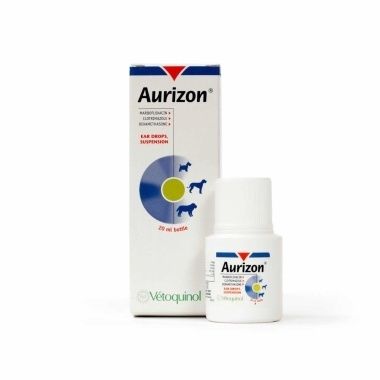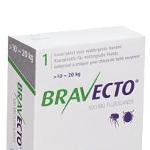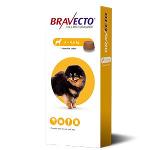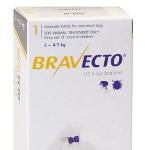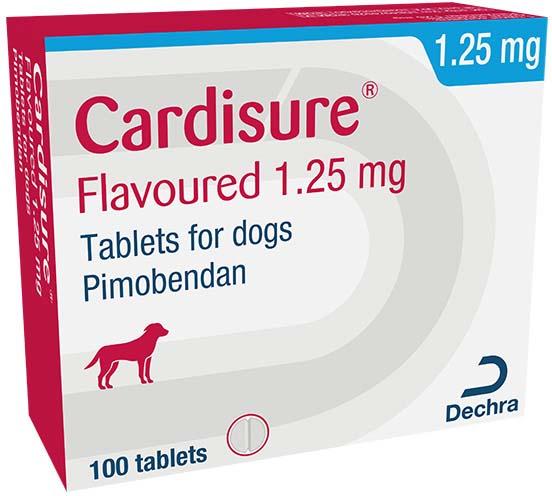Thyronorm 5 mg/ml Oral Solution for Cats Species: Cats Therapeutic indication: Pharmaceuticals: Hormones and therapeutically related products: Others Active ingredient: Thiamazole Product:Thyronorm 5 mg/ml Oral Solution for Cats Product index: Thyronorm Qualitative and quantitative composition Each ml contains: Active substance(s): Thiamazole 5 mg Excipients: Sodium Benzoate (E211) 1.5 mg For a full list of excipients, see section Pharmaceutical Particulars Pharmaceutical form Oral solution. An off-white to light yellow opaque solution. Clinical particulars Target species Cats Indications for use, specifying the target species For the stabilisation of hyperthyroidism in cats prior to surgical thyroidectomy. For the long term treatment of feline hyperthyroidism. Contraindications Do not use in cats suffering from systemic disease such as primary liver disease or diabetes mellitus. Do not use in cats showing signs of autoimmune disease. Do not use in animals with disorders of white blood cells, such as neutropenia and lymphopenia. Do not use in animals with platelet disorders and coagulopathies (particularly thrombocytopenia). Do not use in pregnant or lactating females. Please refer to section, "Use during pregnancy, lactation or lay" Do not use in case of hypersensitivity to the active substance or to any of the excipients. Special warnings for each target species In order to enhance stabilisation of the hyperthyroid patient the same feeding and dosing schedule should be used daily. Special precautions for use Special precautions for use in animals If more than 10 mg per day is required animals should be monitored particularly carefully. Use of the product in cats with renal dysfunction should be subject to careful risk:benefit assessment by the clinician. Due to the effect thiamazole can have on reducing the glomerular filtration rate, the effect of therapy on renal function should be monitored closely as deterioration of an underlying condition may occur. Haematology must be monitored due to risk of leucopenia or haemolytic anaemia before initiating treatment and closely afterwards. Any animal that suddenly appears unwell during therapy, particularly if they are febrile, should have a blood sample taken for routine haematology and biochemistry. Neutropenic animals (neutrophil counts <2.5 x 109/l) should be treated with prophylactic bactericidal antibacterial drugs and supportive therapy. Please refer to section, "Amounts to be administered and administration route" for monitoring instructions. As thiamazole can cause haemoconcentration, cats should always have access to drinking water. In hyperthyroid cats, gastrointestinal disorders are common and may interfere with the success of the oral therapy. Special precautions to be taken by the person administering the veterinary medicinal product to animals People with known hypersensitivity (allergy) to thiamazole or one of the excipients should avoid contact with the veterinary medicinal product. If allergic symptoms develop, such as a skin rash, swelling of the face, lips or eyes or difficulty in breathing, you should seek medical attention immediately and show the package leaflet or label to the doctor. This product may cause skin or eye irritation. Avoid eye contact including hand to eye contact. In case of accidental eye contact, rinse eyes immediately with clean running water. If irritation develops, seek medical advice. Wash hands with soap and water after administration of the product and handling the vomit of or litter used by treated animals. Wash any spillages or spatter from skin immediately. Thiamazole may cause gastrointestinal disturbances, headache, fever, joint pain, pruritus (itching) and pancytopaenia (decrease in blood cells and platelets). Avoid dermal and oral exposure, including hand-to-mouth contact. Do not eat, drink or smoke while handling the product or used litter. In case of accidental ingestion, seek medical advice immediately and show the package leaflet or the label to the physician Following administration of the product any residual product remaining on the tip of the dosing syringe should be wiped clean with a tissue. The contaminated tissue should be immediately disposed of. The used syringe should be stored with the product in the original carton. As thiamazole is a suspected human teratogen, women of child-bearing age must wear non-permeable single use gloves when administering the product or handling the litter/vomit of treated cats. If you are pregnant, think you may be pregnant or are attempting to conceive, you should not administer the product or handle the litter/vomit of treated cats. Adverse reactions (frequency and seriousness) Adverse reactions have been reported following long term control of hyperthyroidism. In many cases, signs may be mild and transitory and not a reason for withdrawal of treatment. The more serious effects are mainly reversible when medication is stopped. Adverse reactions are uncommon. The most common clinical side effects that are reported include vomiting, inappetence/anorexia, lethargy, severe pruritus and excoriations of the head and neck, bleeding diathesis and icterus associated with hepatopathy, and haematological abnormalities (eosinophilia, lymphocytosis, neutropenia, lymphopenia, slight leucopenia, agranulocytosis, thrombocytopenia or haemolytic anaemia). These side effects resolve within 7 – 45 days after cessation of thiamazole therapy. Possible immunological side effects include anaemia, with rare side effects including thrombocytopenia and serum anti-nuclear antibodies, and, very rarely, lymphadenopathy can occur. Treatment should be stopped immediately and alternative therapy considered following a suitable period of recovery. Following long-term treatment with thiamazole in rodents, an increased risk of neoplasia in the thyroid gland has been shown to occur, but no evidence is available in cats. The frequency of adverse reactions is defined using the following convention: - very common (more than 1 in 10 animals treated displaying adverse reaction(s)) - common (more than 1 but less than 10 animals in 100 animals treated) - uncommon (more than 1 but less than 10 animals in 1,000 animals treated) - rare (more than 1 but less than 10 animals in 10,000 animals treated) - very rare (less than 1 animal in 10,000 animals treated, including isolated reports). Use during pregnancy, lactation or lay Laboratory studies in rats and mice have shown evidence of teratogenic and embryotoxic effects of thiamazole. In cats, the safety of the veterinary medicinal product has not been established during pregnancy or lactation. Do not use in pregnant or lactating females. From man and rats it is known that the drug can cross the placenta and concentrates in the foetal thyroid gland. There is also a high rate of transfer into breast milk. Interaction with other medicinal products and other forms of interaction Concurrent treatment with phenobarbital may reduce the clinical efficacy of thiamazole. Thiamazole is known to reduce the hepatic oxidation of benzimidazole wormers and may lead to increases in their plasma concentrations when given concurrently. Thiamazole is immunomodulatory, therefore this should be taken into account when considering vaccination programmes. Amounts to be administered and administration route For oral use only. The product should be administered directly into the mouth of the cat. Do not administer in food as efficacy of the product when administered via this route has not been established. For the stabilisation of feline hyperthyroidism prior to surgical thyroidectomy and for the long term treatment of feline hyperthyroidism, the recommended starting dose is 5 mg of thiamazole (1 ml of the product) per day. The total daily dose should be divided into two and administered morning and evening. In order to enhance stabilisation of the hyperthyroid patient the same dosing schedule relative to feeding should be used daily. Haematology, biochemistry and serum total T4 should be assessed before initiating treatment and after 3 weeks, 6 weeks, 10 weeks, 20 weeks, and thereafter every 3 months. At each of the recommended monitoring intervals, the dose should be titrated to effect according to the total T4 and to clinical response to treatment. Standard dose adjustments should be made in increments of 2.5 mg (0.5 ml of the product) and the aim should be to achieve the lowest possible dose rate. In cats that require particularly small dose adjustments, increments of 1.25 mg (0.25 ml of the product) can be used. If total T4 concentration drops below the lower end of the reference interval, and particularly if the cat is showing clinical signs of iatrogenic hypothyroidism (e.g. lethargy, inappetence, weight gain and/or dermatological signs such as alopecia and dry skin), consideration should be given to reducing the daily dosage and/or dosing frequency. If more than 10 mg per day is required animals should be monitored particularly carefully. The dose administered should not exceed 20 mg of thiamazole per day. For long-term treatment of hyperthyroidism, the animal should be treated for life. Overdose (symptoms, emergency procedures, antidotes), if necessary In tolerance studies in young healthy cats, the following dose-related clinical signs occurred at doses of up to 30 mg thiamazole/animal/day: anorexia, vomiting, lethargy, pruritus and haematological and biochemical abnormalities such as neutropenia, lymphopenia, reduced serum potassium and phosphorus levels, increased magnesium and creatinine levels and the occurrence of anti-nuclear antibodies. At a dose of 30 mg thiamazole /day some cats showed signs of haemolytic anaemia and severe clinical deterioration. Some of these signs may also occur in hyperthyroid cats treated at doses of up to 20 mg thiamazole per day. Excessive doses in hyperthyroid cats may result in signs of hypothyroidism. This is however unlikely, as hypothyroidism is usually corrected by negative feedback mechanisms. Please refer to Section, "Adverse reactions". If overdose occurs, stop treatment and give symptomatic and supportive care. Withdrawal period(s) Not applicable Pharmacological particulars Pharmacotherapeutic group: antithyroid preparations: sulphur-containing imidazole derivatives. ATCvet code: QH03BB02 Pharmacodynamic properties Thiamazole acts by blocking the biosynthesis of thyroid hormone in vivo. The primary action is to inhibit binding of iodide to the enzyme thyroid peroxidase, thereby preventing the catalysed iodination of thyroglobulin and T3 and T4 synthesis. Pharmacokinetic particulars Following oral dosing with the product in healthy cats, at a dose rate of 5 mg, thiamazole is rapidly and completely absorbed. Elimination of the drug from cat plasma is rapid with a half-life of 4.35 hours. The time of peak plasma levels occur 1.14 hours after dosing. Cmax is 1.13 µg/ml. In rats thiamazole has been shown to be poorly bound to plasma protein (5%); 40% was bound to red blood cells. The metabolism of thiamazole in cats has not been investigated, however, in rats thiamazole is rapidly metabolised in the thyroid gland. About 64% of the administered dose being eliminated in the urine and only 7.8% excreted in faeces. This is in contrast with man where the liver is important for the metabolic degradation of the compound. The drug residence time in the thyroid gland is assumed to be longer than in the plasma. Pharmaceutical particulars List of excipients •Sodium benzoate (E211) •Glycerol •Povidone K30 •Xanthan gum •Disodium phosphate dihydrate •Sodium dihydrogen phosphate dihydrate •Citric acid •Honey flavour •Simethicone emulsion •Purified water Major incompatibilities In the absence of compatibility studies this veterinary medicinal product must not be mixed with other veterinary medicinal products. Shelf life Shelf life of the veterinary medicinal product as packaged for sale: 2 years Shelf life after first opening the container: 6 months. Legal Category: POM-V

